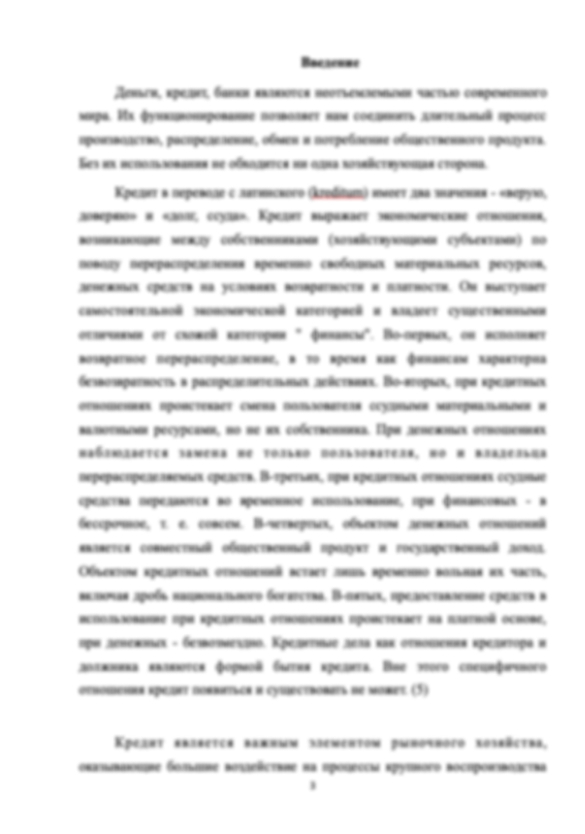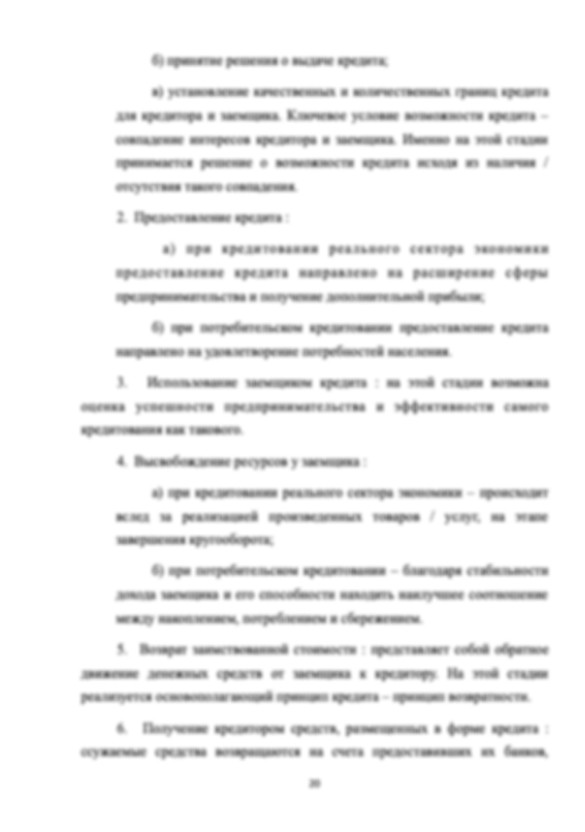Благодарю!
Информация о работе
Подробнее о работе

Презентация по английскому языку "information technology in mechanical engineering"
- 10 страниц
- 2020 год
- 23 просмотра
- 0 покупок
Гарантия сервиса Автор24
Уникальность не ниже 50%
Фрагменты работ
Slide 1.
Good afternoon, ladies and gentlemen. I would like to introduce you my presentation about information technology in engineering.
Slide 2.
To start with, let’s find out, what is information technology? According to the definition adopted by UNESCO, information technology is a complex of interrelated, scientific, technological, engineering disciplines that study methods for the effective organization of labor of people involved in the processing and storage of information; computing equipment and methods of organizing and interacting with people and production equipment, their practical applications, as well as social, economic and cultural problems associated with all this. Information technology itself requires complex training, large initial costs and high technology. Their introduction should begin with the creation of software, the formation of information flows in training systems.
Slide 3.
It must be understood that the development of information technology and its further use should be reduced to the fact that you must first master the set of elementary operations well, the number of which is limited. From this limited number of elementary operations in different combinations, an action is compiled, and from actions, also in different combinations, operations are compiled that determine one or another technological stage. The set of technological stages forms a technological process (technology). It can start from any level and not include, for example, stages or operations, but consist only of actions. To implement the stages of the technological process, different software environments can be used.
Slide 4.
The following common types of software products for a personal computer can be used as tools: a word processor (editor), desktop publishing systems, spreadsheets, database management systems, electronic notebooks, electronic calendars, functional information systems (financial, accounting, for marketing etc.) expert systems, etc.
Slide 5.
One of the tools that can greatly reduce design time is CAD, a design automation system.
In mechanical engineering, CAD is a means for representing the production object, creating its model. The production object can be represented in a variety of ways - from a two-dimensional drawing according to the rules of ESKD to a mathematical formula. Modules (which will be described below) only serve a supporting role.
In general, any object in mechanical engineering requires an idea - one person must explain to another what exactly he means. For this, the ESKD system was developed - in order to avoid differences in the ways of representing the production facility.
This is how the concept of “object model” arose - any other object is called an object model, all or individual properties of which fully or partially coincide with the properties of the original one. That is, we create some kind of production object with all the set properties that interest us.
Slide 6.
There are several goals for which a model is created:
–Model as a means of understanding helps to identify the interdependence of variables, the nature of their changes over time, to find existing patterns. When compiling a model, the structure of the production object is studied, classified and becomes the most understandable.
–Model as a means of forecasting allows you to learn how to predict the behavior of the production object and manage it, experiencing various options for the behavior of the model. Experiments with a real object are more reliable, but they take more time and require much higher costs, and sometimes such experiments are simply impossible (if the production object is still being designed).
–Built models can be used to find the optimal parameters, study the special modes and parameters of the production facility.
Slide 7.
They provide a complete design cycle, a complete binding of the entire structure. A full cycle is the totality of everything that is needed - from developing the appearance of an object (what foreigners call the buzzword “design”), to preparing documentation and developing control programs.
Slide 8.
They do not provide a full cycle, usually they have failures in the design chain, not providing a full cycle. But as part of their task, these CAD systems are very successful. Medium-sized CAD systems were developed either by firms that did not have sufficient qualifications to create heavy CAD systems, or did not set such a task. Basically, medium-sized CAD systems necessarily have the concept of “assembly-part”, and a number of modules to assist in the design-production process.
Slide 9.
Lightweight CAD systems that solve only narrow design problems - for example, only designing cams or molds. Sometimes such CAD systems are called “exotic” because they solve a separate narrow task for a specific small production.
Slide 10.
To sum up, I can say that the development of IT infrastructure in mechanical engineering will be aimed primarily at increasing the intellectual capital of the enterprise. The use of automation will make it possible to further streamline the activities of all specialists of the enterprise, simplify the relationship between consumers and manufacturers, and will become an effective basis for building an effective system of control over the quality of products.
Презентация по английскому языку "information technology in mechanical engineering"
Презентация + готовый текст для выступления.
https://translate.google.com
Форма заказа новой работы
Не подошла эта работа?
Закажи новую работу, сделанную по твоим требованиям


